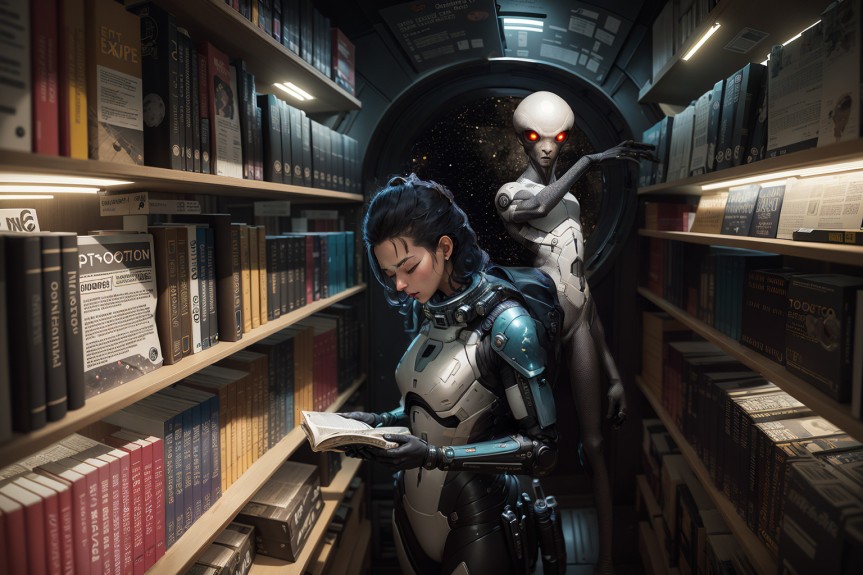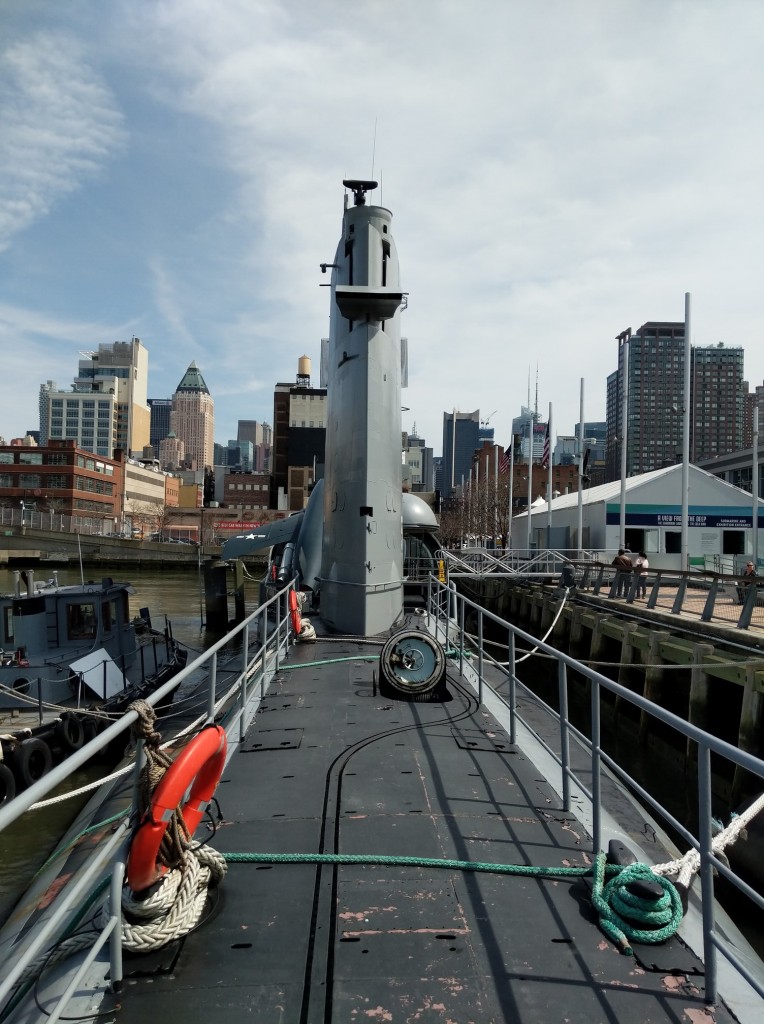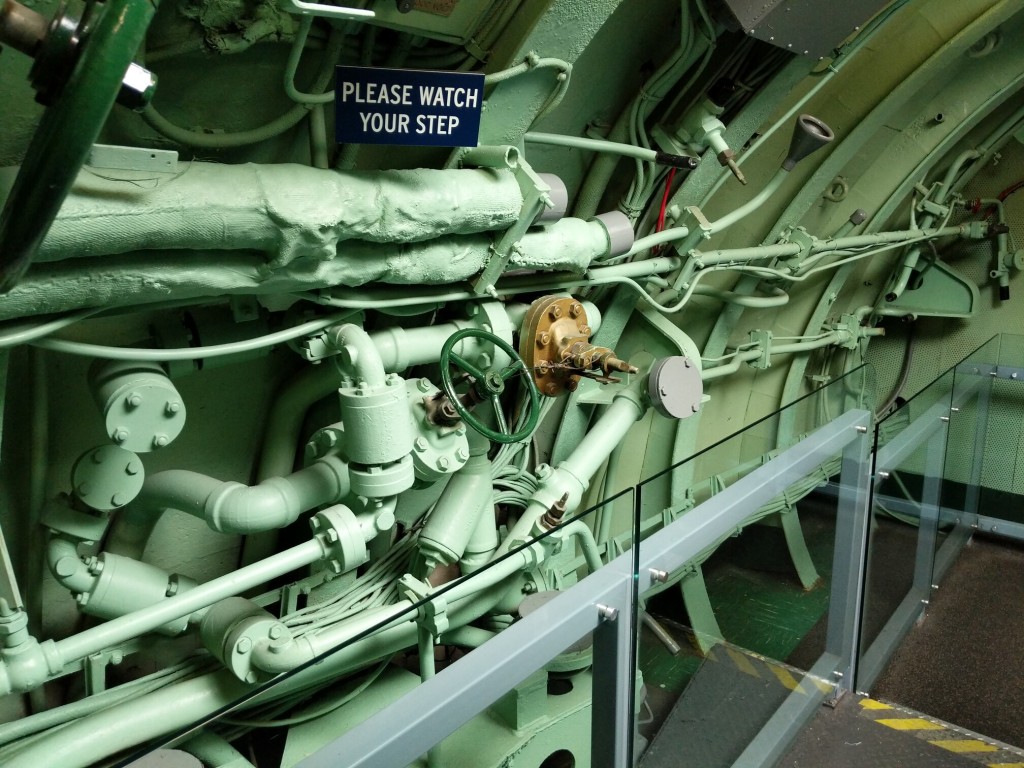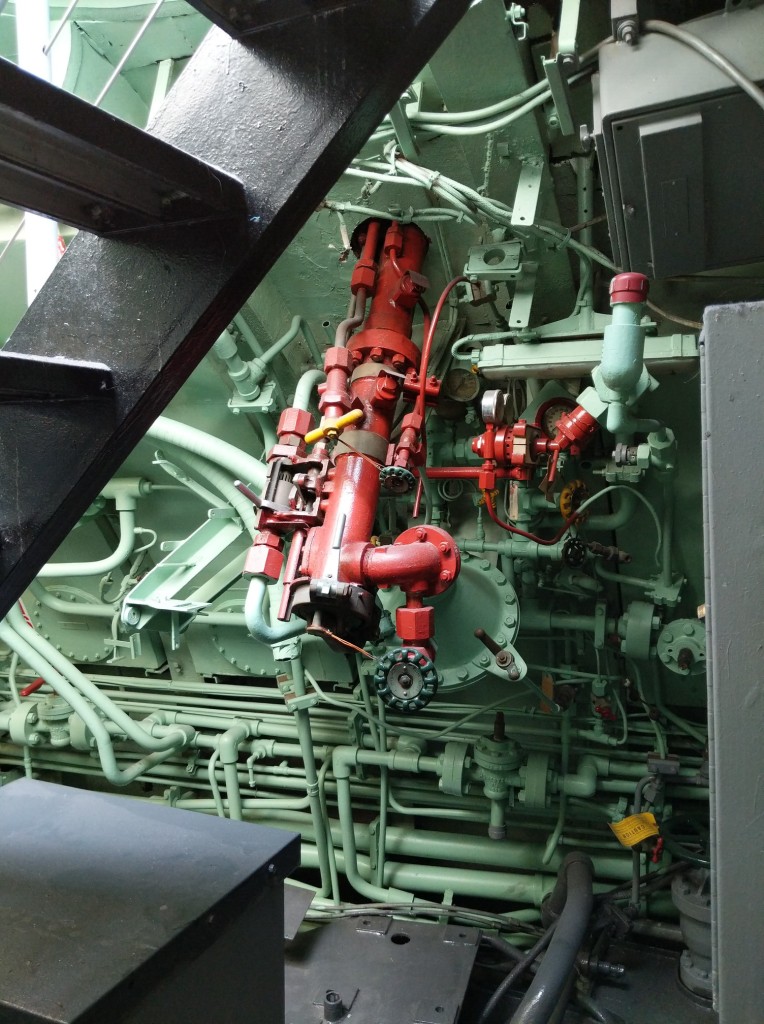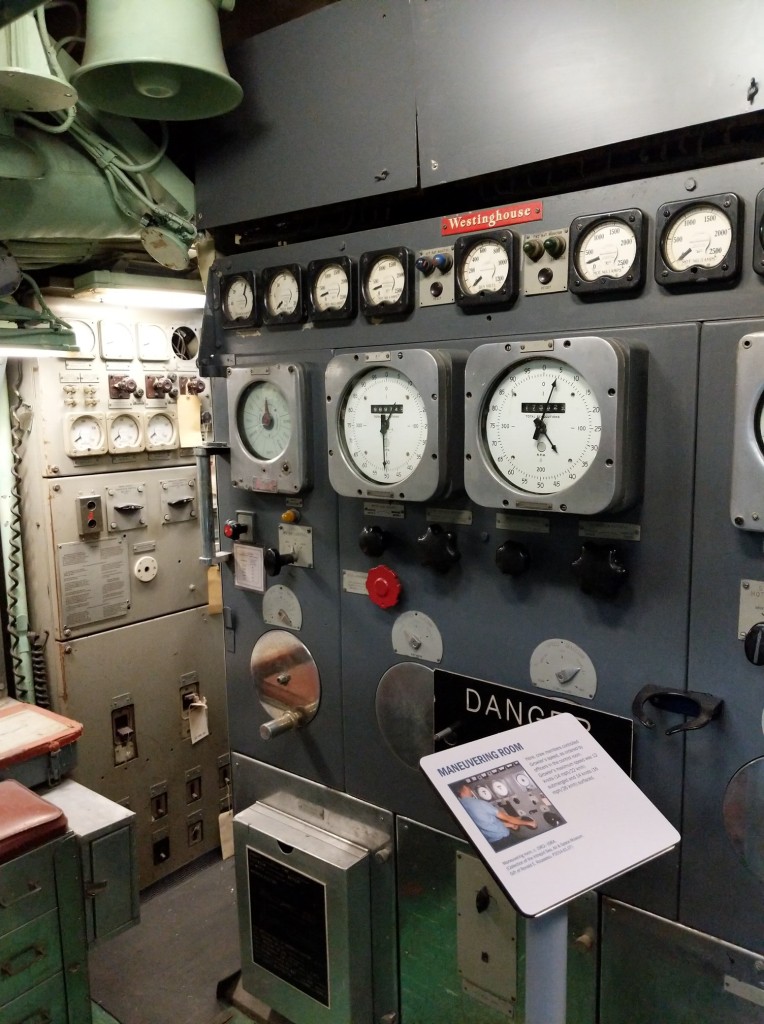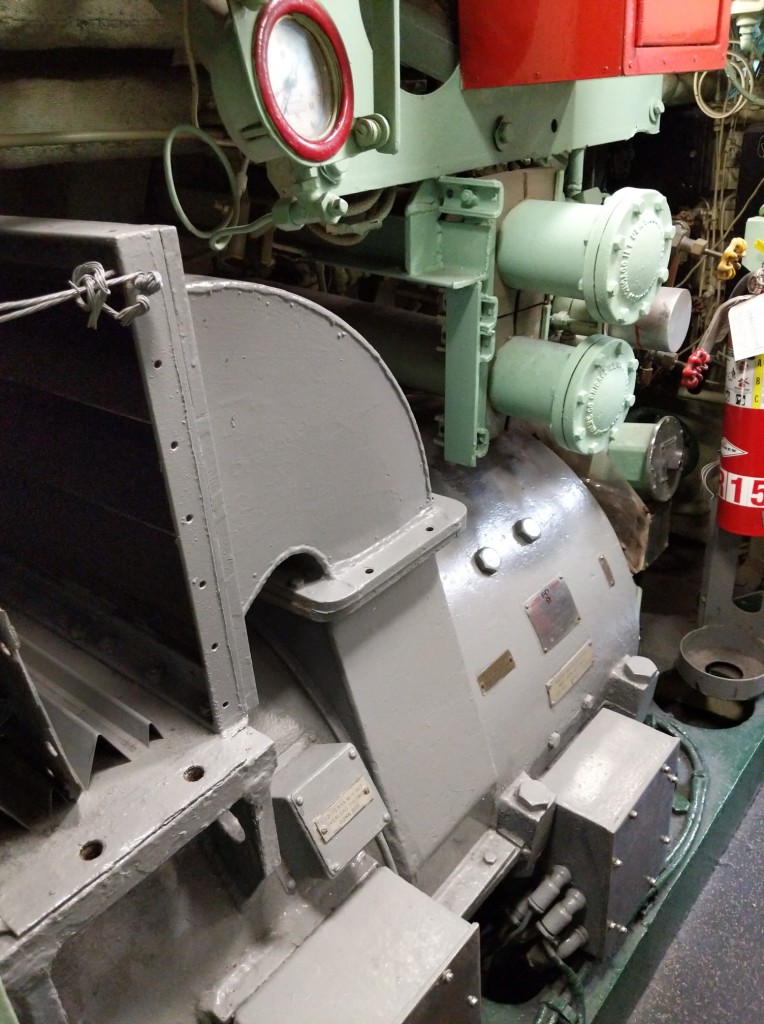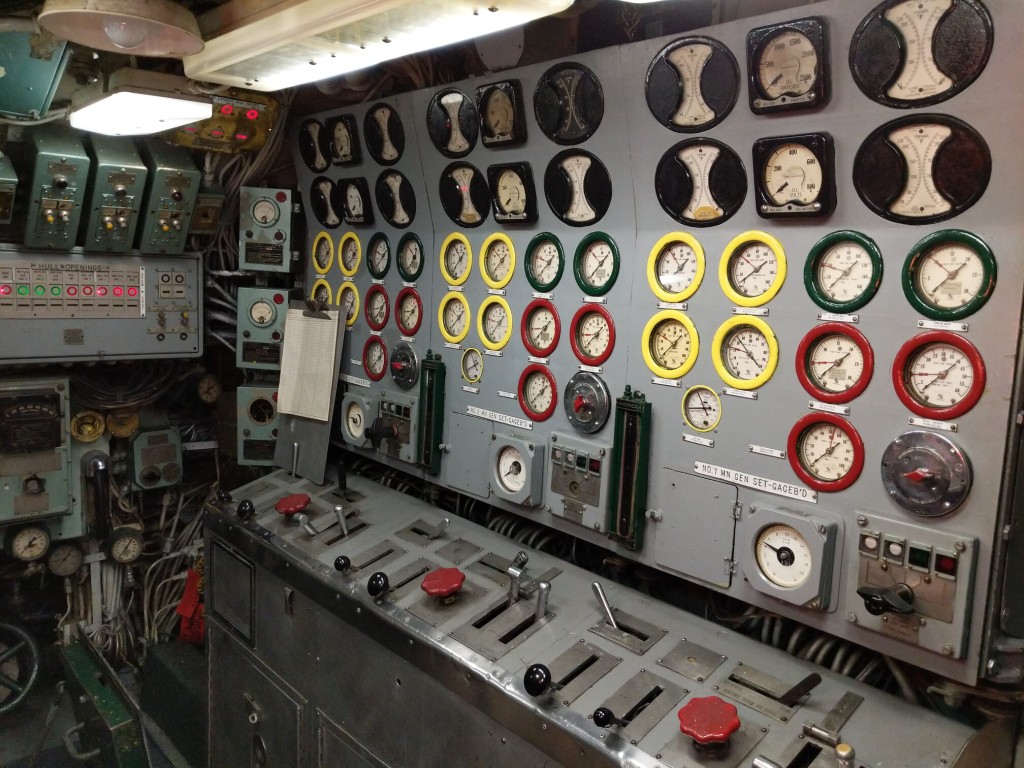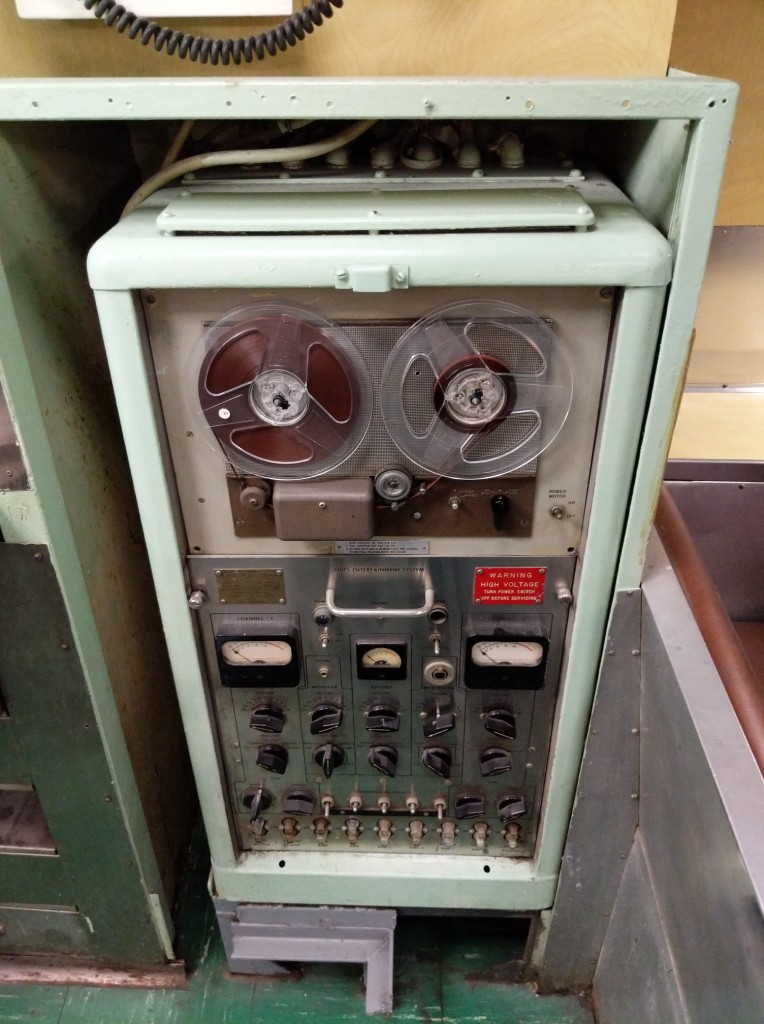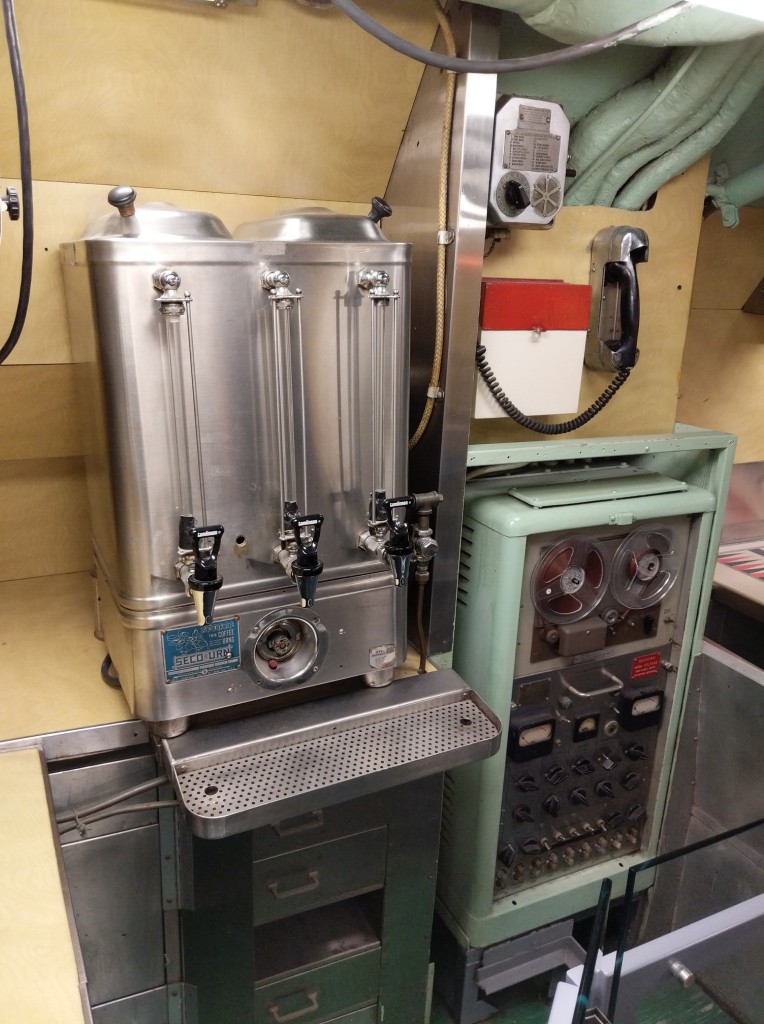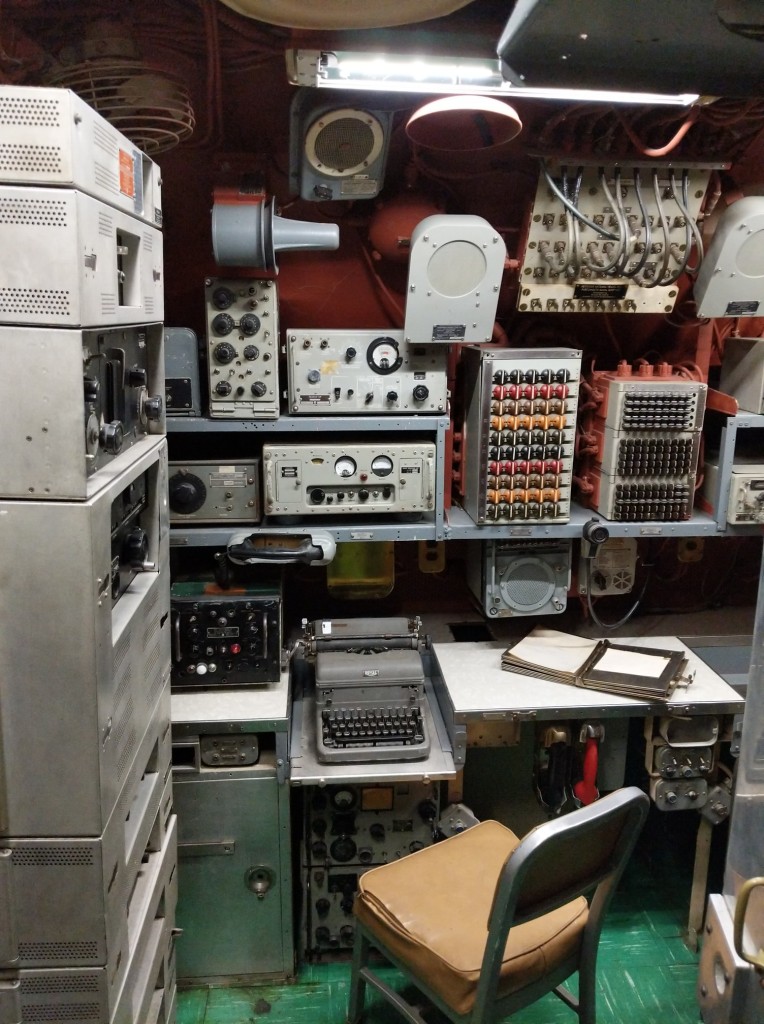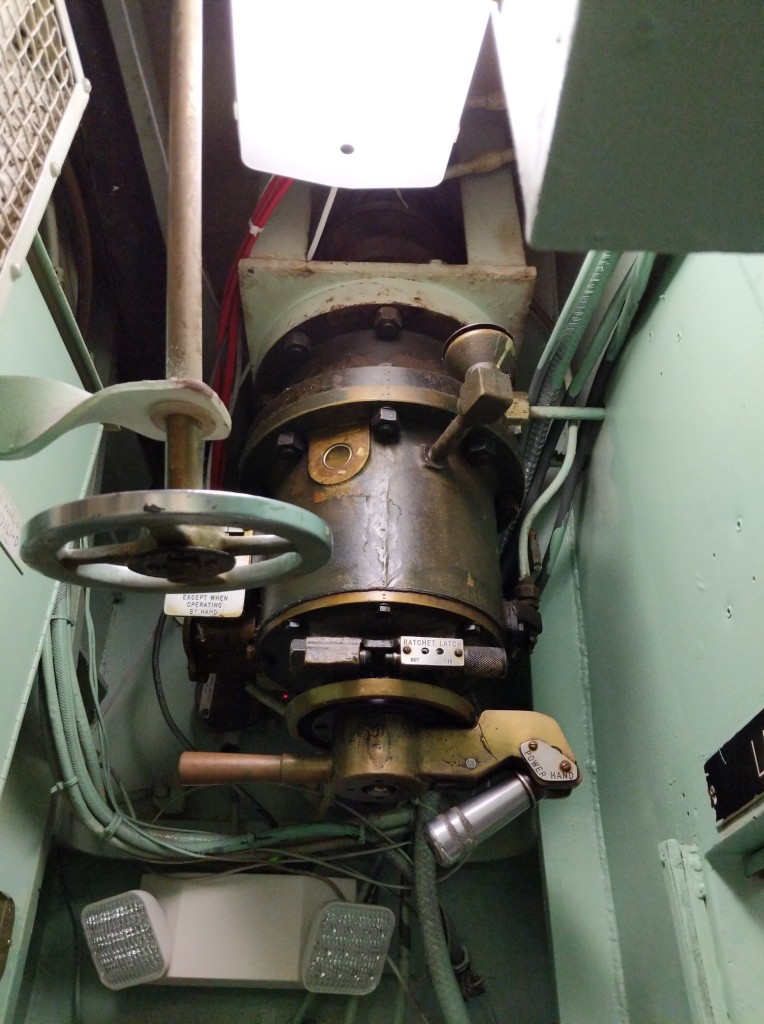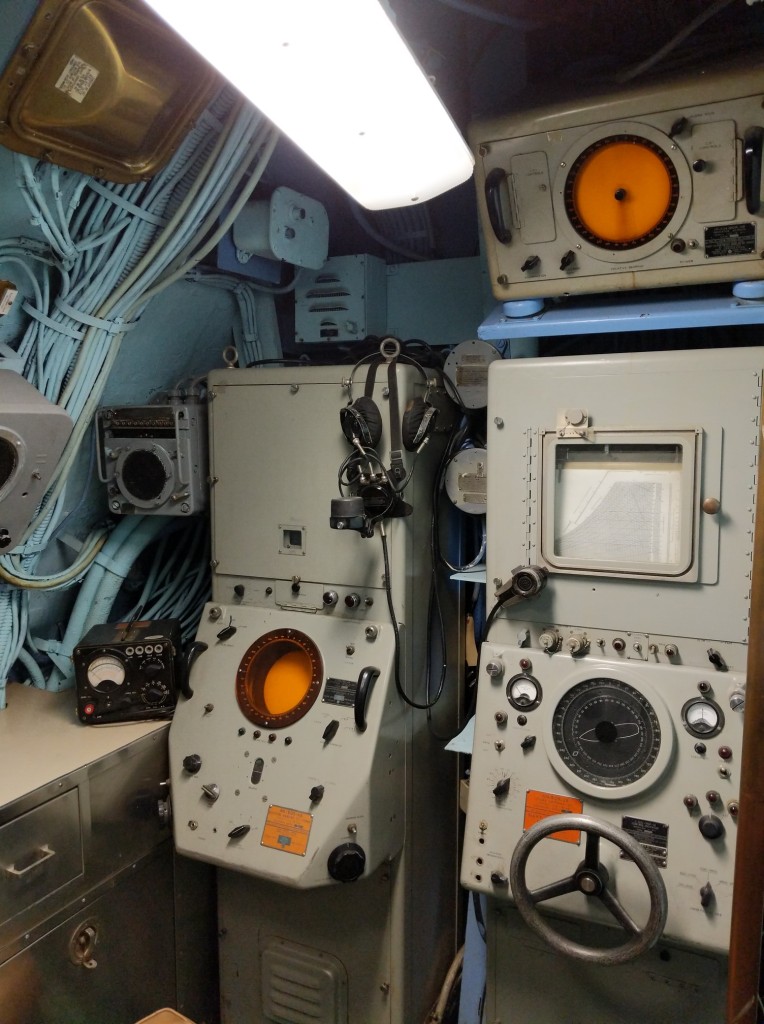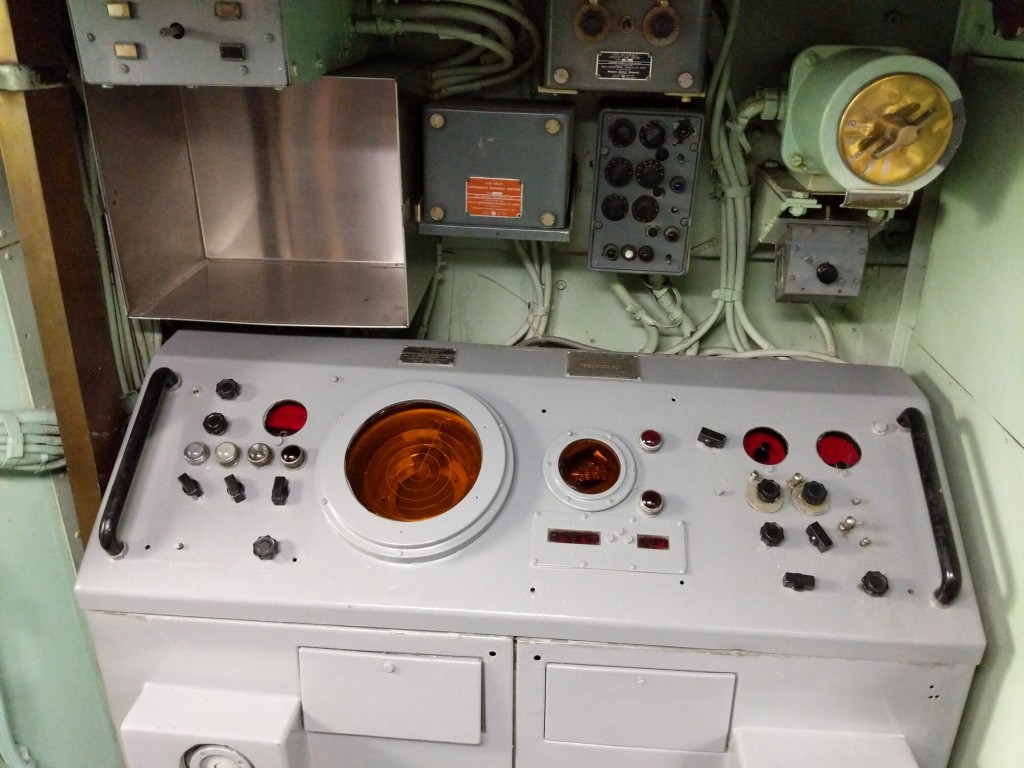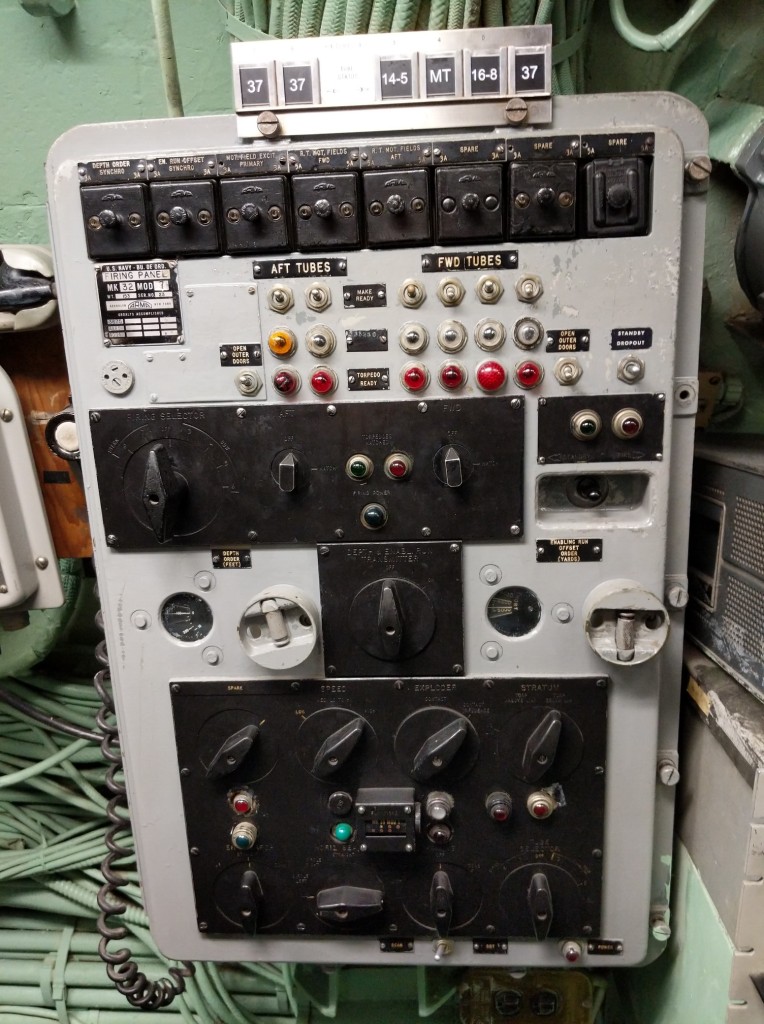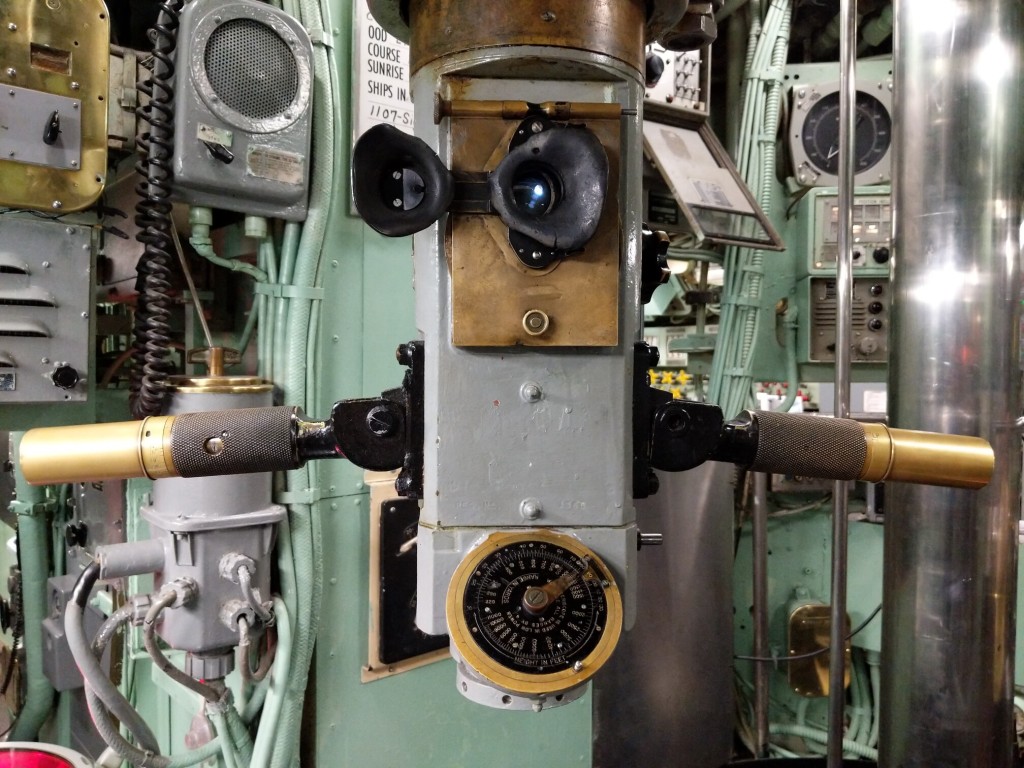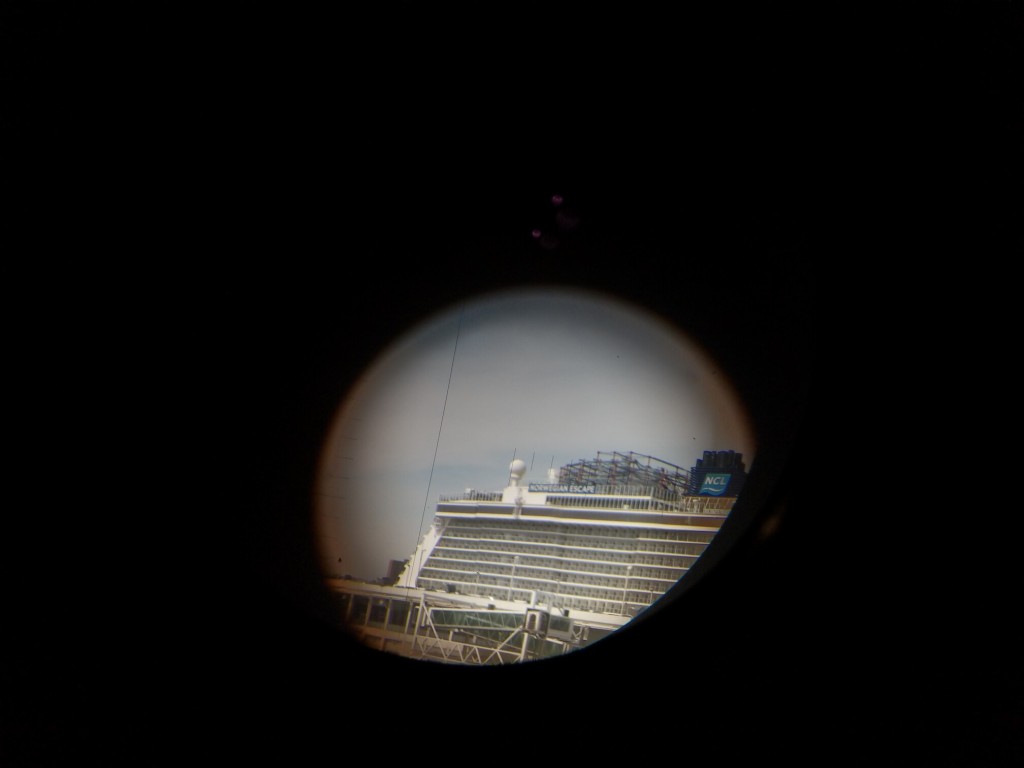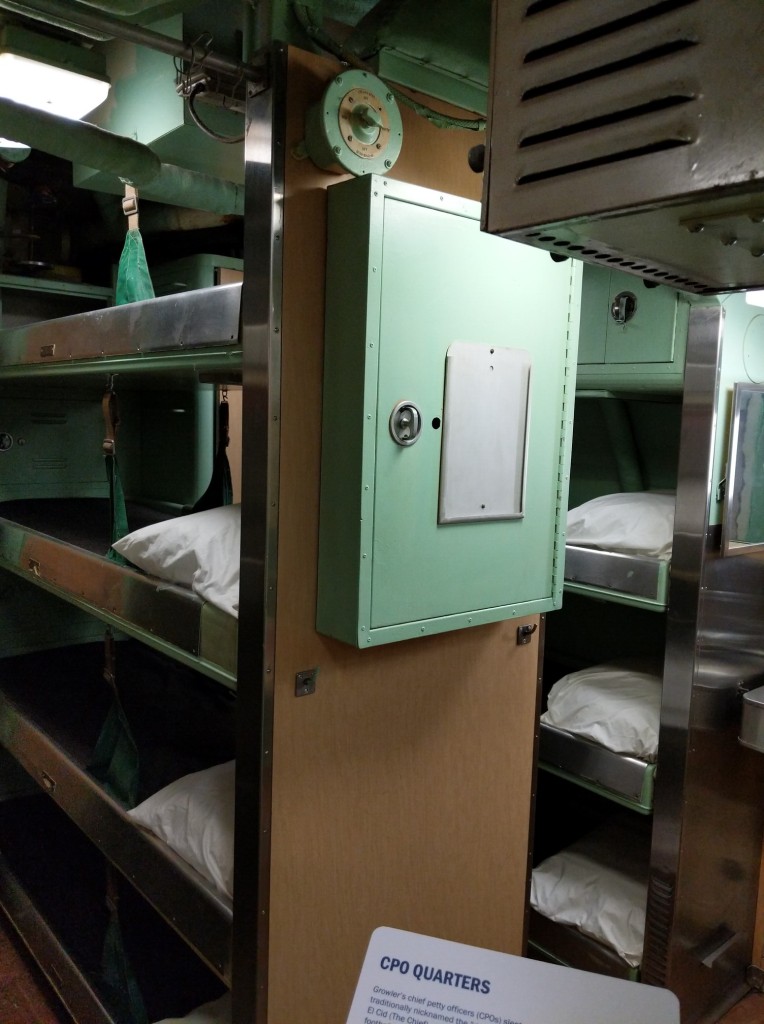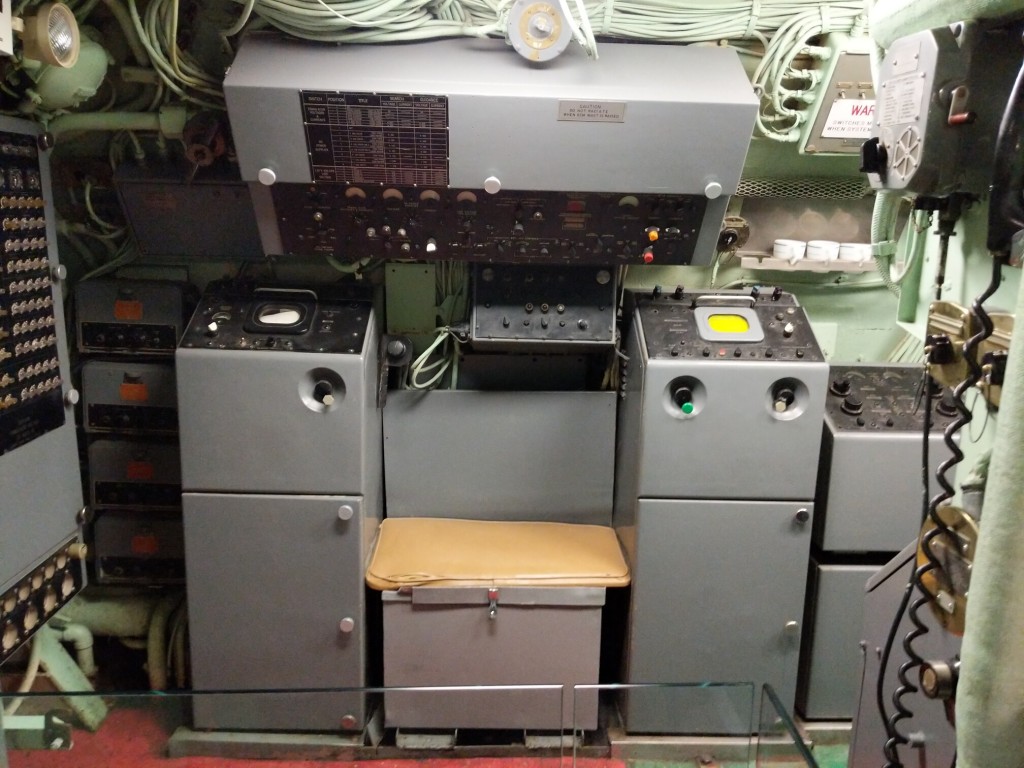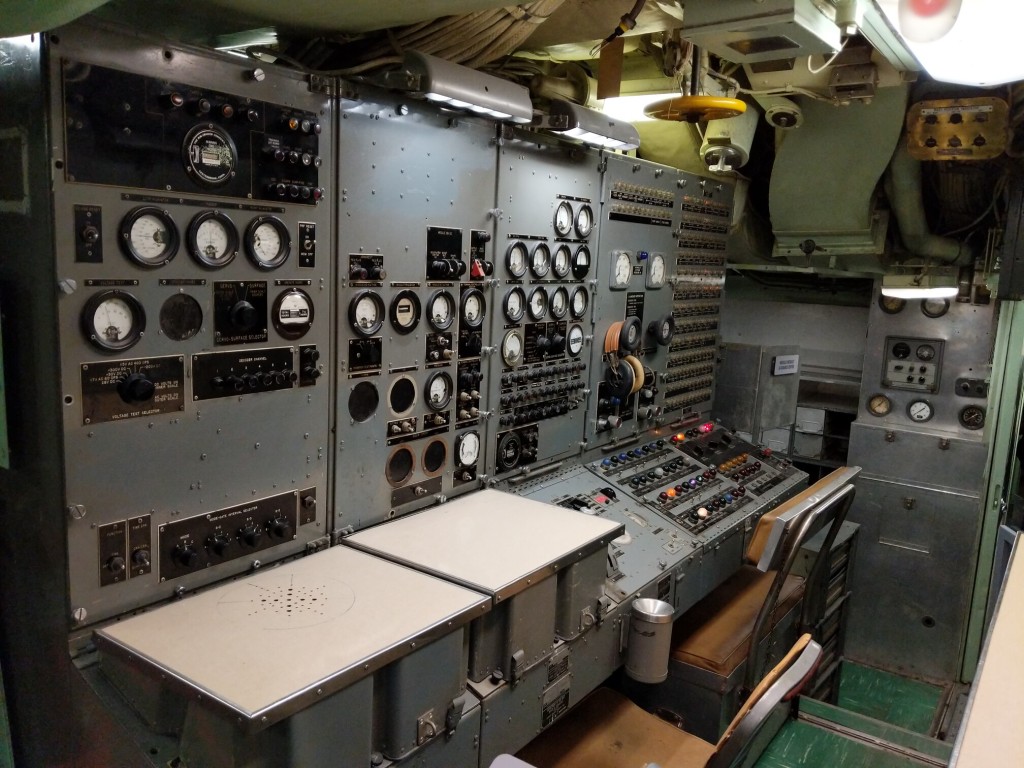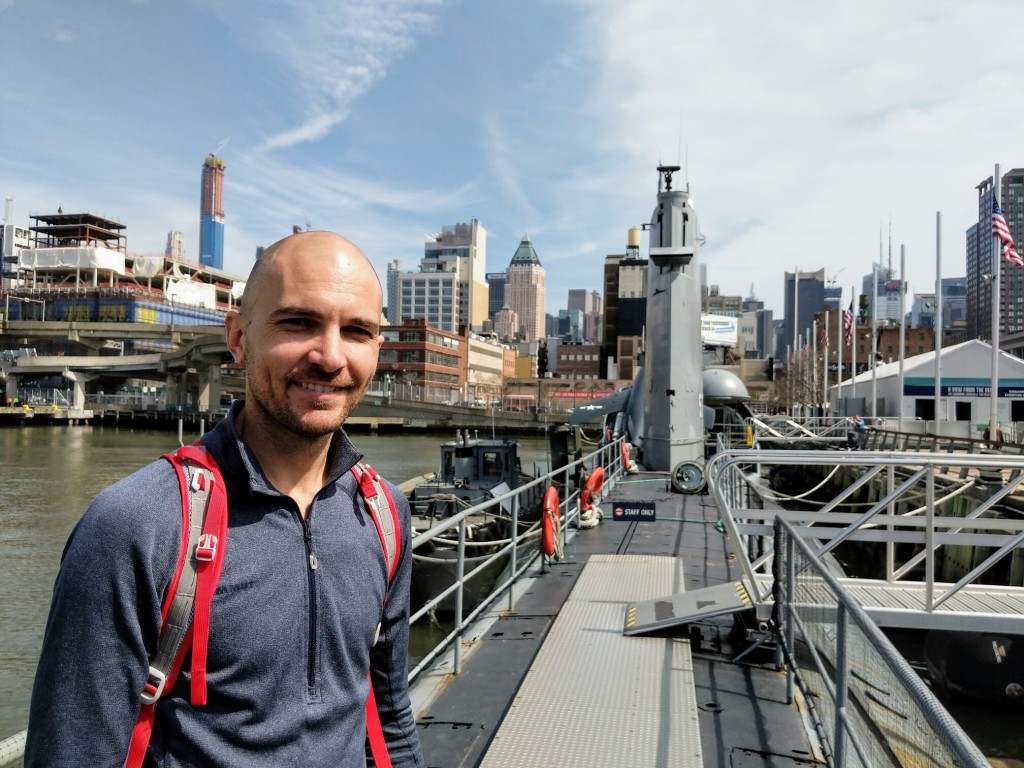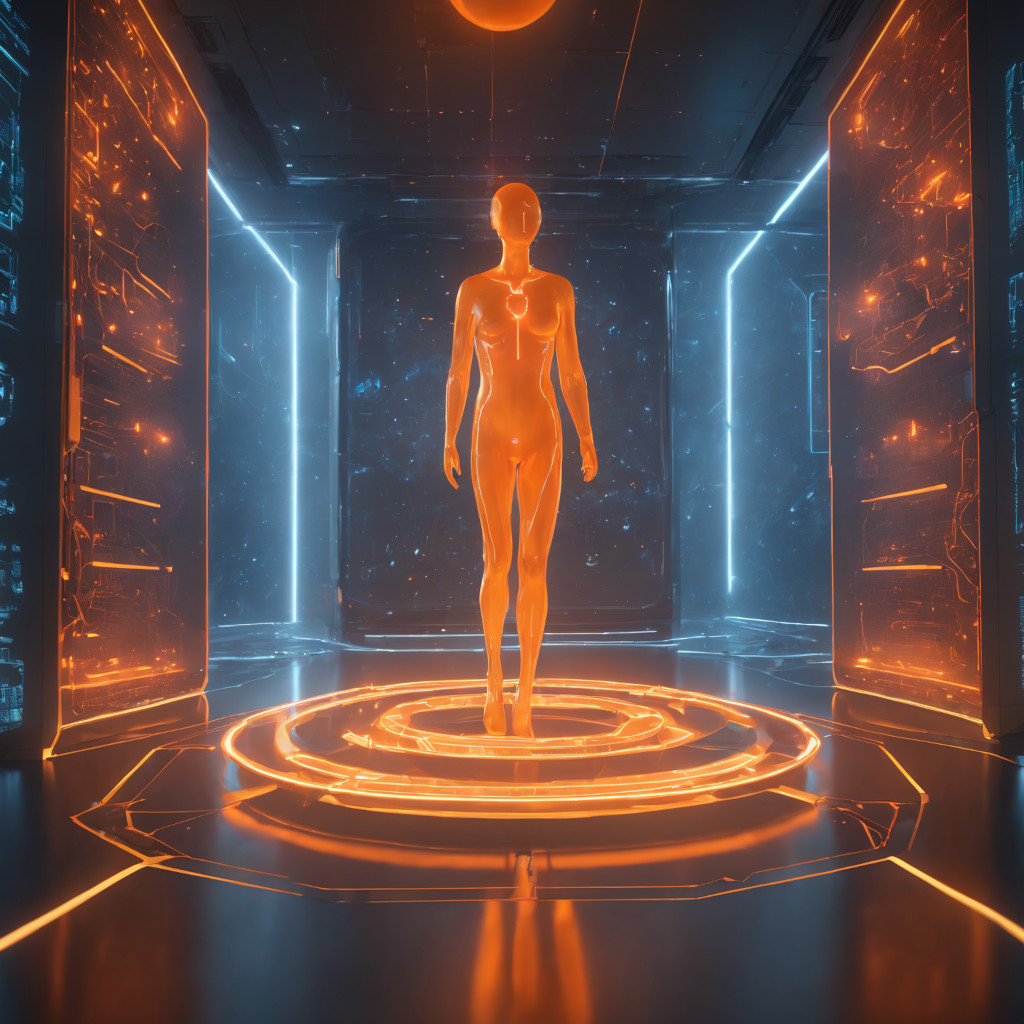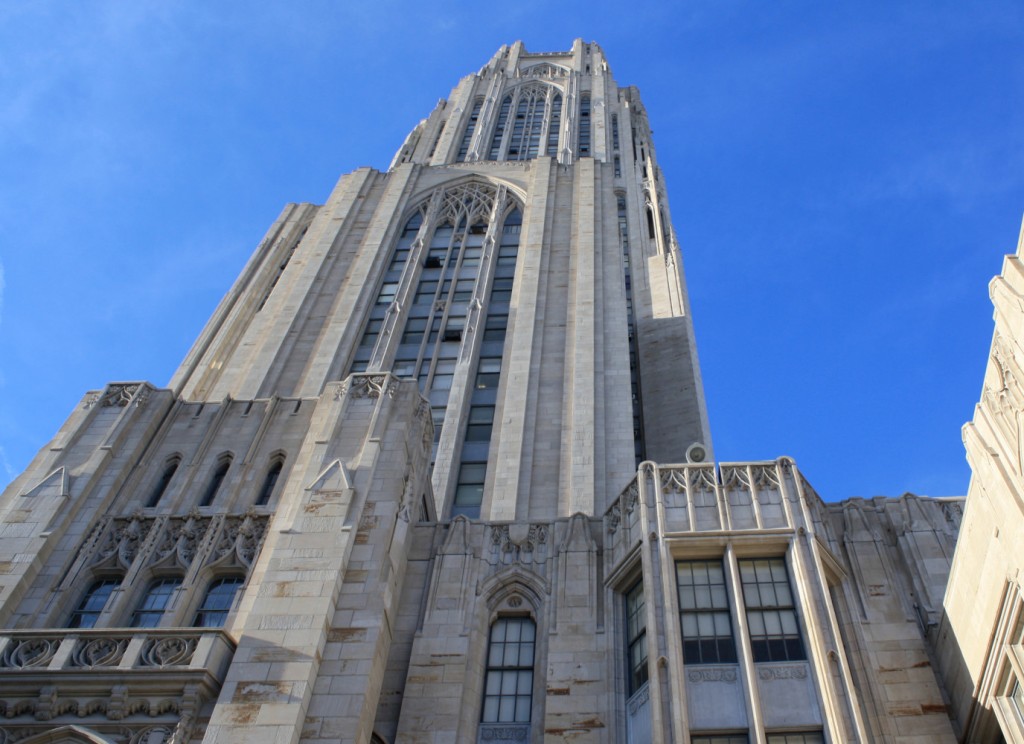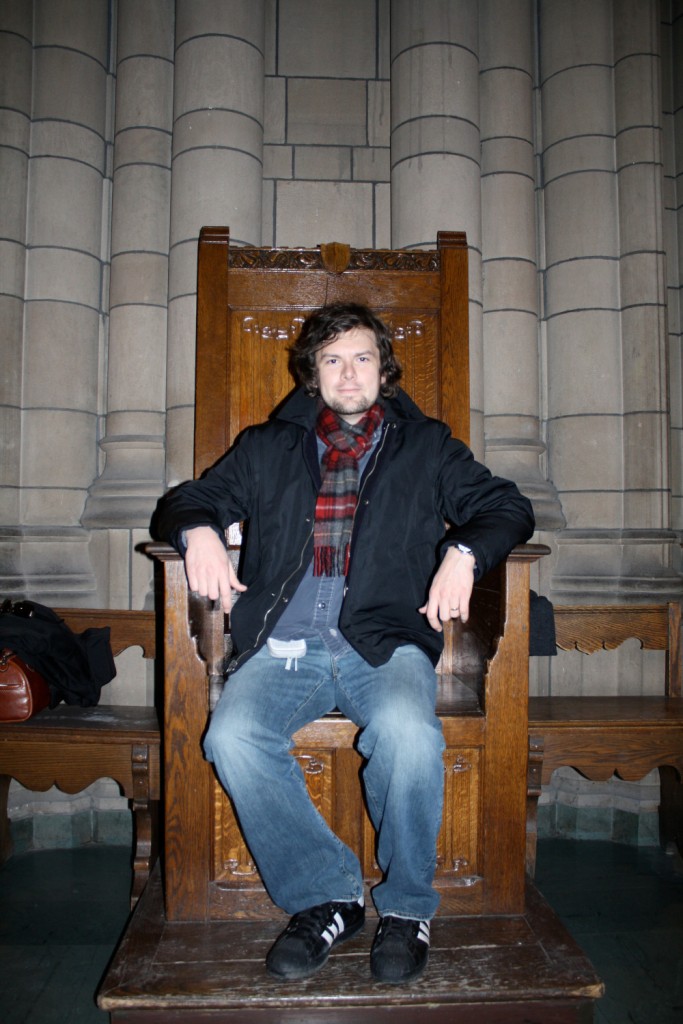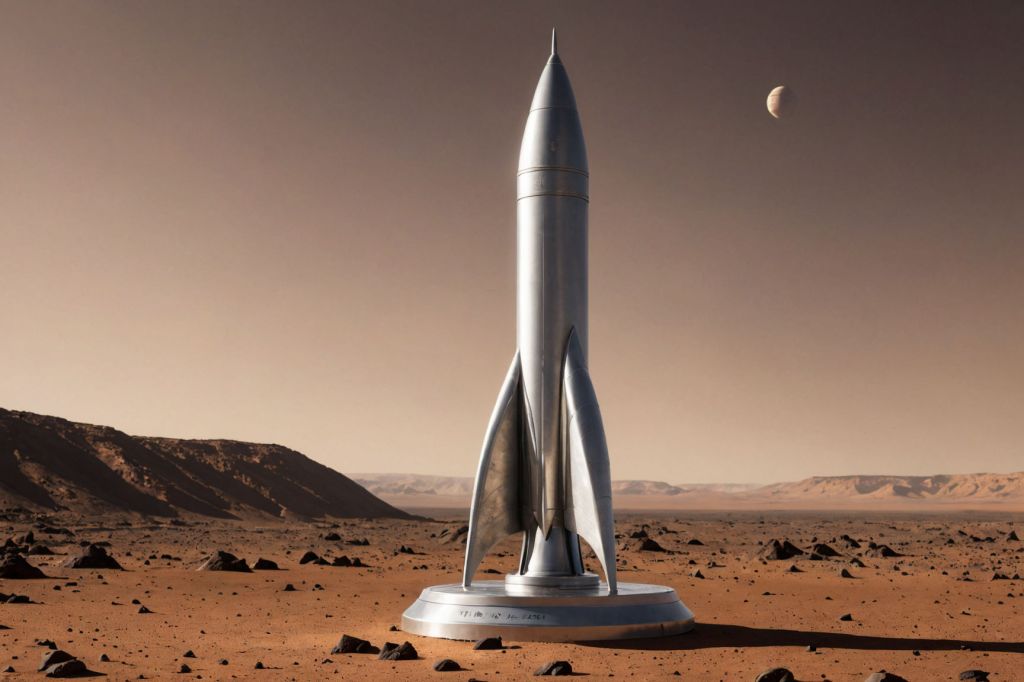
While I was working on Yet Another Science Fiction Textbook (YASFT) OER that I released earlier this week, the slow motion disaster of the 2023 Hugo Awards given at the Chengdu, China Worldcon began unfold. When the voting nomination statistics were released (as is required of each annual awards committee), we learned that some works and writers were removed for being “not eligible” without explanation. These included R. F. Kuang’s Babel in the novel category, which had already won the Nebula and Locus Awards and was considered a contender for the Hugo; Xiran Jay Zhao for the Astounding Award; the television adaptation of Neil Gaiman’s The Sandman for Long Form Dramatic and Short Form Dramatic (there is a provision that a work can’t stand in two categories, but to remove it from both categories instead of letting it remain in one beggars belief); and Paul Weimer for Best Fan Writer. In addition to these perplexing ineligibilities, some folks, Heather Rose Jones’s part 1 and part 2 analysis being the most thorough, looked closely at the balloting numbers and discovered some strange results that didn’t jive with past award voting trends. Adding to the mystificaiton , the awards committee chair refused to fully explain why those works and authors were deemed ineligible before final voting. Then, Locus reported that the Worldcon Intellectual Property (WIP), which holds the service marks for the World Science Fiction Society including the Hugo Awards, has censured some of those involved in this past year’s awards and some of those individuals have resigned.
And now, following the release of a collection of emails and files from within the awards committee by ones of its members, Chris M. Barkley, who received the files, and Jason Sanford have published a report on the emails that states, “Make no mistake; the 2023 Hugo Awards were censored because certain authors and works were deemed to have too many political liabilities, at least from the viewpoint of the Chinese government. While it’s unclear if this was official censorship from the Chinese government or self-censorship by those afraid of offending governmental or business interests, we can now be certain that censorship indeed took place.”
The fallout continues. The 2024 Glasgow Committee seems to be more cautious and transparent throughout the process now. They sent out a press release outlining their steps moving forward and to announce the resignation of Kat Jones, one of the administrators who helped with the Chengdu Hugo Awards Committee, from the position of Hugo Administrator at Glasgow.
Looking ahead, there will be more questions for potential host countries with laws that might not permit, for example, a work with LGBTQIA+ characters winning. And, there are calls for changing how the awards are administered so that they are divorced from the convention and are properly audited by an independent organization.
The story has been picked up The Guardian here and here, and Esquire magazine here.
It’s hard to adequately express the big fat asterisk that will appear by the 2023 Hugos and its award winners as a result of this. There are still unanswered questions about whether this was self-censorship or external censorship. Any censorship is of course bad, but the latter seems less bad, considering what could be involved in terms of pressure or threat, than the former, considering someone could have spoken up, called it off, or done something to get things back on track. More details might yet be revealed. Regardless, I hope that positive change comes for the Hugos to make them resistant to this kind of duplicity.

